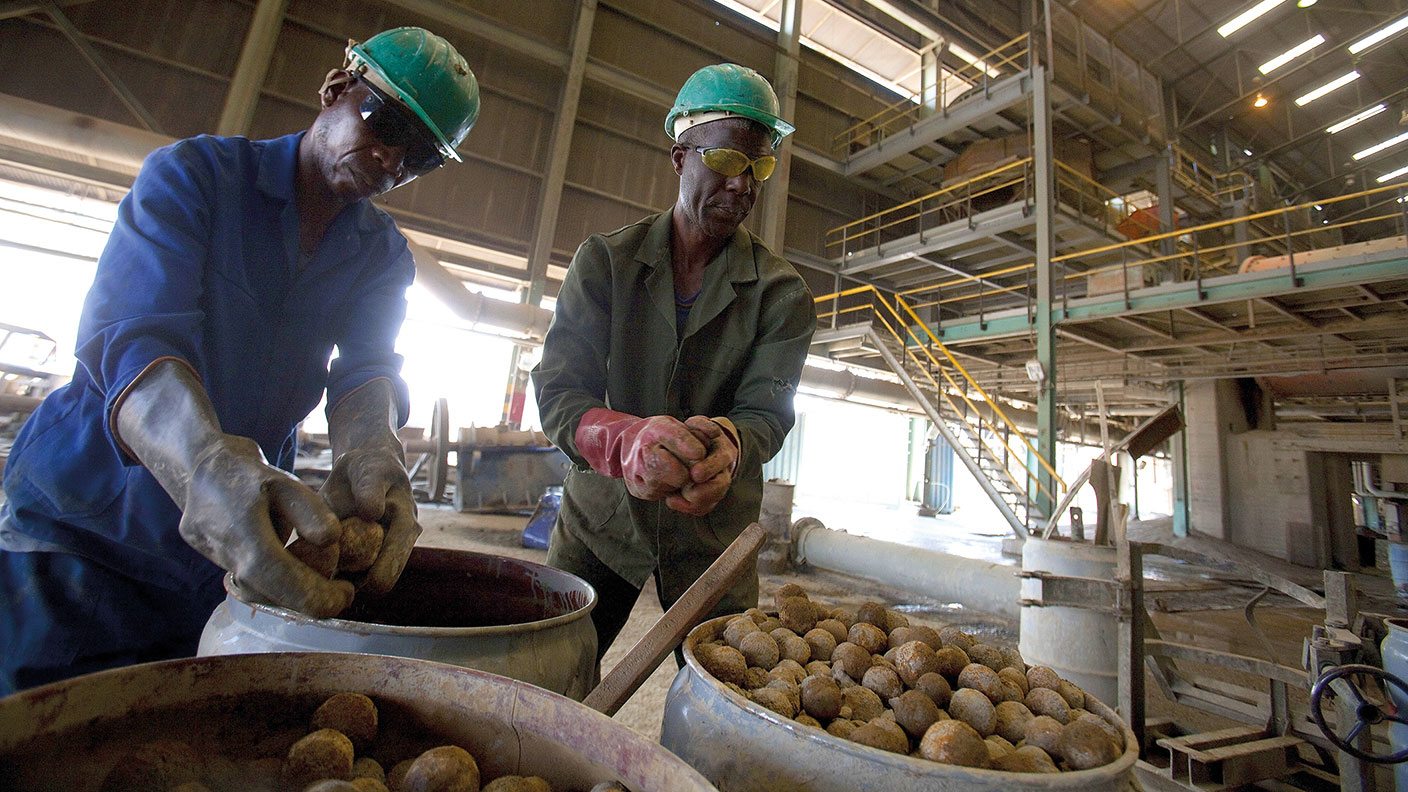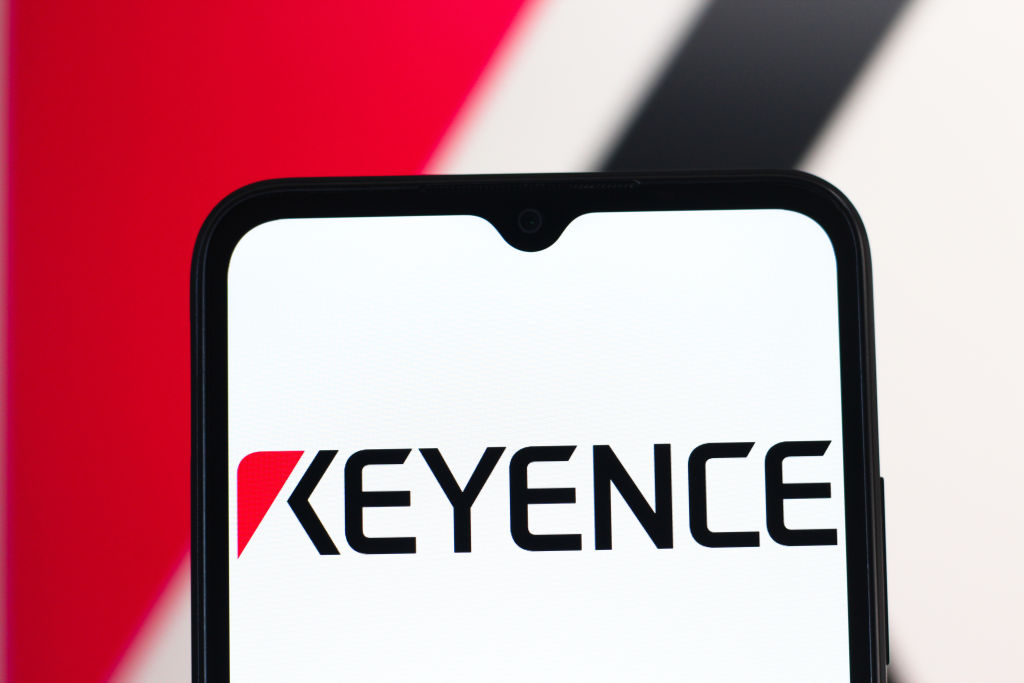Industrial metals: electric vehicles are driving a boom in prices
The soaring popularity of electric vehicles is pushing up the price of the industrial metals that make up the batteries.

Electric vehicles (EVs) “are careering towards a giant pothole”, says Jon Yeomans in The Sunday Times. “There isn’t nearly enough metal around to put in all the batteries we need.” Prices are soaring as carmakers engage in a worldwide race to secure supplies of lithium, nickel, cobalt and graphite. “One noted mining investor predicts the coming boom will dwarf the supercycle in commodities unleashed by China’s rapid growth 20 years ago.”
Commodities sit “at the crossroads” of some of today’s key investment themes, says Reshma Kapadia in Barron’s. Digital and green trends will require masses of copper wiring, lithium is needed for batteries and aluminium is required “to build solar panels and wind turbines”. Most commodities spent the 2010s in a bear market, but last year the Bloomberg Commodity index soared 27%, “its best year in decades”.
Battery prices start to rise
The shift to electric vehicles has been powered by a long-term decline in the cost of batteries, says Rurika Imahashi for Nikkei Asia. In 2010, lithium-ion battery packs cost more than $1,200 per kilowatt-hour (kWh), but that had fallen to just $132 per kWh by last year. However, with Chinese prices of lithium carbonate rising 400% last year, that trend is reversing.
MoneyWeek
Subscribe to MoneyWeek today and get your first six magazine issues absolutely FREE

Sign up to Money Morning
Don't miss the latest investment and personal finances news, market analysis, plus money-saving tips with our free twice-daily newsletter
Don't miss the latest investment and personal finances news, market analysis, plus money-saving tips with our free twice-daily newsletter
BloombergNEF calculates that average battery prices will rise by $3 per kWh in the first half of 2022, says Madeleine Cuff for iNews. That’s the first increase since at least 2010. Once predicted to reach “price parity” with internal combustion vehicles in the US by 2024, pricier batteries risk delaying that landmark. China, which accounts for 65% of global battery production, is poised to become the centre of the new industry. The country’s firms have spent $6bn over the past decade securing lithium supplies from “across the globe”, including Argentina, Australia, Canada, Chile, the Democratic Republic of Congo (DRC), Mali and Mexico.
The cobalt headache
Electric cars need much more metal than their internal-combustion equivalents. One electric Renault Zoe contains “7kg of lithium, 11kg of cobalt, 11kg of manganese and 34kg of nickel”, says Laurence Girard in Le Monde. Cobalt prices have almost doubled over the past year, but the “blue metal” is casting an ethical “shadow over the green car”. Roughly two-thirds of the global cobalt supply comes from the DRC, a country associated with corruption and child labour in mines. Investors are looking elsewhere – Greenland is one possibility – while engineers are trying to eliminate cobalt from batteries. Nickel is one popular replacement, but its price rose 15% last year.
Still, the nickel market may not remain in deficit for long, says Annie Lee on Bloomberg. “Aggressive supply expansion from Indonesia could swing the market into a surplus in 2022,” says S&P Global Market Intelligence. Lithium’s rally looks more durable because supply is struggling to catch up with rocketing global demand. “A balanced market is not projected until 2025 or 2026 at which point prices may start to subside,” says Cameron Perks of Benchmark Mineral Intelligence.
Get the latest financial news, insights and expert analysis from our award-winning MoneyWeek team, to help you understand what really matters when it comes to your finances.
Alex is an investment writer who has been contributing to MoneyWeek since 2015. He has been the magazine’s markets editor since 2019.
Alex has a passion for demystifying the often arcane world of finance for a general readership. While financial media tends to focus compulsively on the latest trend, the best opportunities can lie forgotten elsewhere.
He is especially interested in European equities – where his fluent French helps him to cover the continent’s largest bourse – and emerging markets, where his experience living in Beijing, and conversational Chinese, prove useful.
Hailing from Leeds, he studied Philosophy, Politics and Economics at the University of Oxford. He also holds a Master of Public Health from the University of Manchester.
-
 Gilt yields fall to lowest level since 2024
Gilt yields fall to lowest level since 2024The cost of government borrowing is falling. A new bond issuing strategy could be helping bring gilt yields down.
-
 How the mansion tax could affect you even if your home is valued below £2 million
How the mansion tax could affect you even if your home is valued below £2 millionThe mansion tax will apply to homes worth above £2 million from April 2028 but even lower-value properties could be looked at, MPs have been told.
-
 The rise and fall of Nicolás Maduro, Venezuela's ruthless dictator
The rise and fall of Nicolás Maduro, Venezuela's ruthless dictatorNicolás Maduro is known for getting what he wants out of any situation. That might be a challenge now
-
 Polar Capital: a cheap, leveraged play on technology
Polar Capital: a cheap, leveraged play on technologyPolar Capital has carved out a niche in fund management and is reaping the benefits
-
 Vaccines inject billions into Big Pharma – how to profit from the sector
Vaccines inject billions into Big Pharma – how to profit from the sectorThe vaccines subsector received a big fillip from Covid, but its potential extends far beyond combating pandemics. Here's what it means for investors
-
 'Investors should keep putting their trust in investment trusts'
'Investors should keep putting their trust in investment trusts'Interview Peter Walls, manager of the Unicorn Mastertrust fund, analyses investment trusts in a conversation with Andrew Van Sickle
-
 Monks Investment Trust is worthy of the spotlight
Monks Investment Trust is worthy of the spotlightMonks Investment Trust, a global growth trust, sits in the shadow of its stablemate, Scottish Mortgage. But its record warrants attention, says Max King
-
 New year, same market forecasts
New year, same market forecastsForecasts from banks and brokers are as bullish as ever this year, but there is less conviction about the US, says Cris Sholto Heaton
-
 'Expect more policy U-turns from Keir Starmer'
'Expect more policy U-turns from Keir Starmer'Opinion Keir Starmer’s government quickly changes its mind as soon as it runs into any opposition. It isn't hard to work out where the next U-turns will come from
-
 Why does Donald Trump want Venezuela's oil?
Why does Donald Trump want Venezuela's oil?The US has seized control of Venezuelan oil. Why and to what end?